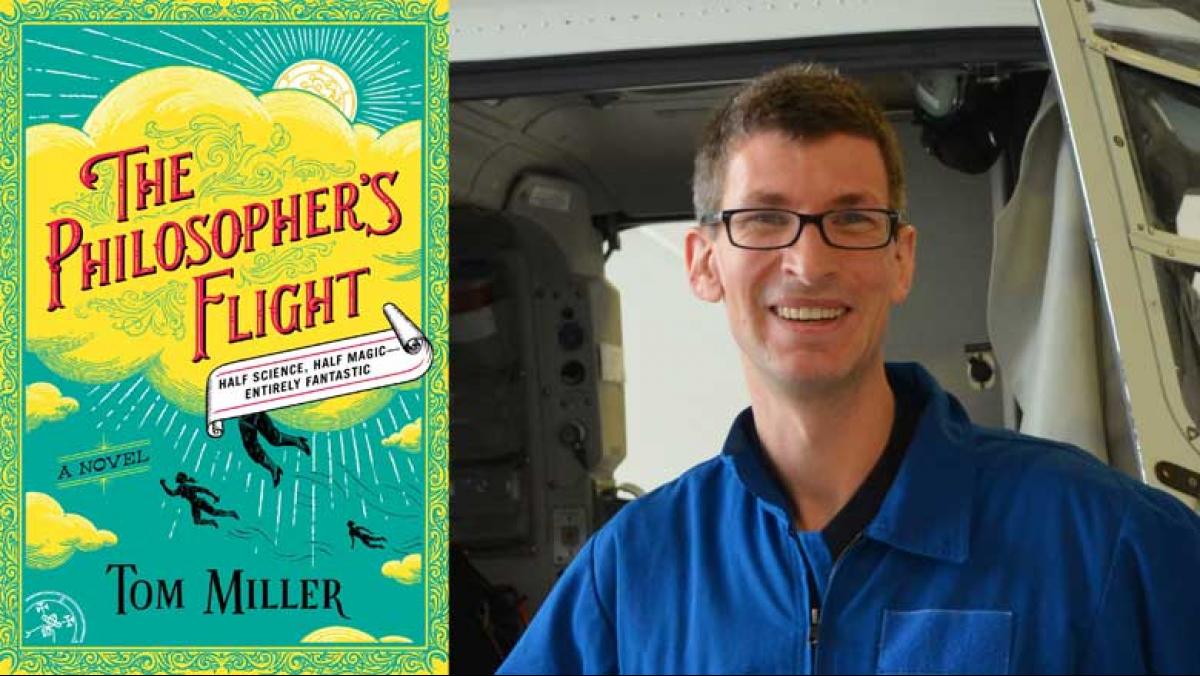The Philosopher’s Flight, by University of Wisconsin Hospital emergency room doctor and first-time author Tom Miller, combines magical realism with coming-of-age romance and swashbuckling adventure.
Miller’s fantasy novel is set in America in the early years of World War I on an alternate timeline where technology is driven by magic. In this version of the world, magic emerged in the final stages of the American Civil War, as gifted women first learned to use magic symbols—sigils—to shape and control smoke, affect the winds, fly, and heal wounds. Referred to as “empirical philosophy,” this magic is practiced mainly by women, placing the so-called “philosophers” at the forefront of many fields. The plot of the novel revolves around the journey of eighteen-year-old Robert Weekes from rural Montana and his quest to become the first male flyer of the U.S. Sigilry Corps Rescue and Evacuation Service (a team of flying medics).
In the course of his quest, Robert struggles against overt as well as institutionalized sexism as one of only three men accepted to study the use of magic at Radcliffe College, which creates an interesting counterbalance to the romance that unfolds over his time there. Against a backdrop of the escalating Great War in Europe, Robert and his family and friends find themselves persecuted for their magical abilities. A powerful group of anti-philosophical zealots, outraged and terrified by what magic had wrought in the last days of the Civil War, is using terrorism and propaganda in an attempt to turn back the clock on both magical progress and women’s empowerment.
You’ve got Maxwell Gannet sitting in Boston, preaching that Jesus weeps every time a philosopher draws a sigil. Go back to the good old days of self-reliance and work in the traditional ways. No electricity, no sigilry. Don’t send your children to school; educate them at home. Don’t educate your daughters at all beyond keeping house.
We can forgive Miller if he tends to fall back on easily resolved situations and archetypical characters in order to explore complex contemporary themes without slowing the pace of the story. From an awkward freshman to a seasoned country doctor to an emotionally scarred wartime heroine, Miller’s characters deliver just enough struggle and sadness to bring them to life. In this way The Philosopher’s Flight resembles Lev Grossman’s The Magicians, but, much to his credit, Miller’s deft hand steers us well clear of the grim hyperbole that characterizes that popular trilogy.
Perhaps the most interesting thing about the character development is that although the story is told from Robert’s point of view, and seems to be about him, in the end it is the various women around him that stand out as the more complex, more heroic figures. They are the ones most likely to draw the reader into future books Miller has planned for the series.




